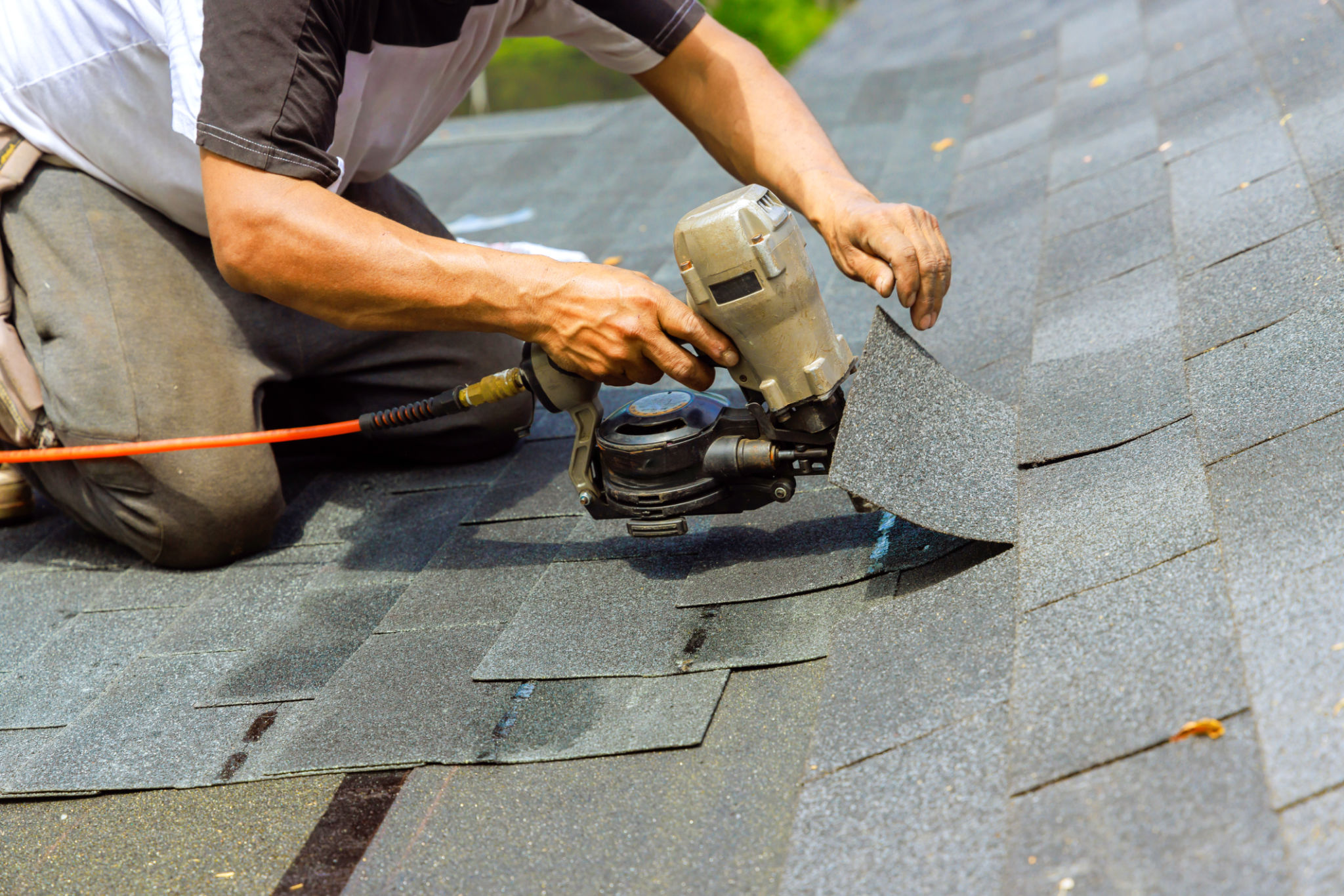DIY Tips: How to Perform Basic Roof Maintenance Safely
Understanding the Importance of Roof Maintenance
Regular roof maintenance is essential to ensure the longevity and functionality of your home's roof. A well-maintained roof protects your home from water damage, enhances energy efficiency, and boosts curb appeal. Performing basic maintenance tasks yourself can save money and help you identify potential issues early. However, safety should always be your top priority when undertaking any roof-related projects.

Safety First: Precautions to Take
Before you begin any roof maintenance task, it's crucial to prioritize safety. Ensure you have the necessary equipment, such as a sturdy ladder, a safety harness, and non-slip shoes. Avoid working on the roof during wet or windy weather conditions, as these can increase the risk of accidents. It's always a good idea to have someone else with you to hold the ladder or assist if needed.
Proper Ladder Setup
Setting up your ladder correctly is vital for your safety. Place the ladder on a stable, even surface and angle it properly against the house. The rule of thumb is to have the base of the ladder one foot away from the house for every four feet of height. Ensure the ladder extends at least three feet above the edge of the roof for easy access.
Inspecting Your Roof
Begin your maintenance by conducting a thorough visual inspection of your roof. Look for signs of damage, such as missing or broken shingles, rusted flashing, or debris accumulation in gutters. Identifying these issues early can prevent more significant problems down the line. Use binoculars if you prefer not to climb onto the roof for a closer look.

Checking for Leaks
Water leaks can cause considerable damage if left unaddressed. Look for water stains on ceilings and walls inside your home as indicators of potential leaks. On the roof, check for cracked caulk or rust spots on flashing, and inspect areas around chimneys, skylights, and vents where leaks are more likely to occur.
Cleaning Gutters and Downspouts
Clogged gutters can lead to water overflow, causing damage to your roof and home's foundation. Regularly clean out leaves, twigs, and other debris from your gutters and downspouts to ensure proper water drainage. Use a scoop or a gloved hand to remove debris, then rinse with a garden hose to clear out any remaining dirt.

Trimming Overhanging Branches
Branches that hang over your roof can cause damage during storms or strong winds. Trim back any overhanging branches to prevent them from scraping and damaging the shingles. This also reduces the amount of debris that falls onto your roof, making maintenance easier in the long run.
Conducting Basic Repairs
For minor issues like replacing a few damaged shingles or applying new caulk around vents, you can perform basic repairs yourself. Ensure you have the right tools and materials before starting. Always follow manufacturer instructions for the best results, and if you're unsure about any repair task, consult a professional.

When to Call a Professional
While DIY roof maintenance can handle minor issues, some problems require professional expertise. If you notice significant damage, persistent leaks, or are uncomfortable with heights, it's best to contact a roofing professional. They have the experience and equipment needed to safely tackle complex repairs.